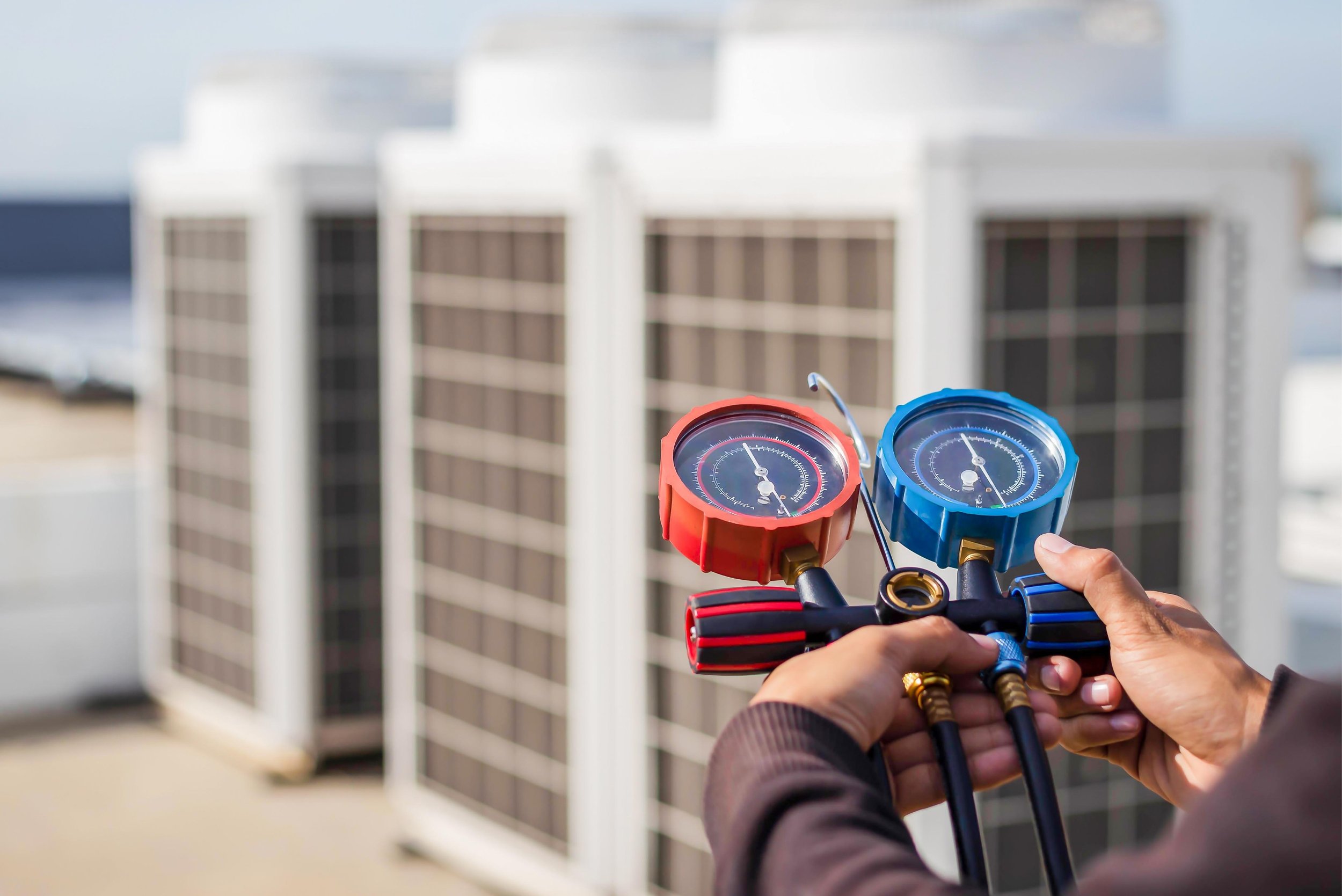
R290 Refrigerants: A Comprehensive Analysis and It’s HFO and A2L Alternatives
HFO/A2L Refrigerants
The refrigeration industry has witnessed a significant shift with the growing popularity of R-290, also known as propane. This hydrocarbon-based refrigerant is renowned for its exceptional thermodynamic properties and low global warming potential (GWP). However, its flammability poses safety concerns. To address these concerns while maintaining environmental friendliness and performance, the industry has actively pursued the development and promotion of Hydrofluoroolefin (HFO) and A2L refrigerants as alternatives to R290 refrigerant.
R-290, classified as an A3 refrigerant, has excellent efficiency and a low GWP of 3. However, its high flammability necessitates strict safety measures to mitigate potential risks. Proper handling, installation, maintenance, and disposal procedures are essential to ensure safe usage and avoid potential fire hazards. These flammability concerns do not make it a suitable option for various systems, like heat pumps, which are common for residential systems. Despite being a natural refrigerant, it is still a dangerous one.
HFO Alternatives
Hydrofluoroolefin (HFO) refrigerants have gained prominence as viable alternatives to R-290. Two notable HFO alternatives are R-1234yf and R-1234ze. These HFO refrigerants offer low GWPs of less than 4. With the addition of little to no Ozone Depletion Potential (ODP), makes them highly environmentally friendly. Furthermore, their reduced flammability, classified as A2L, significantly enhances safety.
Scientific research confirms the suitability of HFO refrigerants as replacements for R-290. A study published in the Journal of Applied Thermal Engineering highlights the environmental benefits of HFOs, stating that "HFO refrigerants, such as R-1234yf and R-1234ze, exhibit low GWP and reduced flammability, making them attractive alternatives to R-290" (Smith et al., 2019). Another study published in the Journal of Sustainable Development affirms the safety advantages of HFOs, stating that "the reduced flammability of HFO refrigerants ensures a safer working environment for technicians and reduces the risk of potential accidents" (Anderson et al., 2020).
These studies further emphasize that HFOs demonstrate promising potential in achieving low GWP and reduced flammability in refrigeration systems, offering an environmentally friendly and safe choice for the industry.
A2L Alternatives
In addition to HFO refrigerants, A2L refrigerants provide further alternatives to R-290. A2L refrigerants are mildly flammable and offer enhanced safety profiles compared to R-290. Two notable A2L alternatives are R-32 and R-454B. These refrigerants possess lower GWPs compared to traditional options, ensuring reduced environmental impact.
Dr. John Anderson, Environmental Scientist at the National Research Institute, highlights the significance of A2L refrigerants: "The development of A2L alternatives like R-32 and R-454B showcases the industry's commitment to sustainability and safety. These refrigerants provide lower GWPs and improved safety profiles, ensuring a more responsible approach to refrigeration."
R-32 has gained significant attention as an A2L alternative to R-290. With a GWP of 675, it offers a substantial reduction in greenhouse gas emissions. Scientific studies have shown that R-32 provides excellent energy efficiency and heat transfer properties, making it a suitable replacement for R-290 in various cooling applications like freezers and air conditioners. A study published in the Journal of Sustainable Energy Engineering highlights the superior thermodynamic performance of R-32, stating that "R-32 exhibits excellent heat transfer characteristics and energy efficiency, making it a promising alternative to R-290 in air conditioning systems" (Williams et al., 2021).
Similarly, R-454B has emerged as another A2L alternative with a GWP of 466. Its lower flammability characteristics enhance safety while maintaining efficient cooling performance. The industry's adoption of A2L refrigerants like R-32 and R-454B - a blend of R32 and 1234yf - highlights its commitment to transitioning towards more environmentally friendly and safer refrigeration systems.
Keep in mind, many refrigerants fall into both an HFO and A2L classification. For example, R-32 is an HFO type of refrigerant. Based on its flammability, it is also considered an A2L. This is why many types of training incorporate both HFO and A2L in their curriculum and why The Training Center prioritizes both.
Safety Considerations and Industry Guidelines
The adoption of HFO and A2L refrigerants over the refrigerant R290, necessitates adherence to safety guidelines and regulations. Technicians must receive proper training to understand the unique characteristics and safety considerations associated with these alternatives while staying conscious of refrigerant charge and refrigeration capacity. Implementing appropriate ventilation systems and taking precautions against potential ignition sources are crucial during installation and maintenance processes.
The American Society of Heating, Refrigerating and Air-Conditioning Engineers (ASHRAE) plays a significant role in establishing industry guidelines and standards for refrigerant safety. Their guidelines provide valuable insights into the safe handling, installation, and maintenance practices of HFO and A2L refrigerants.
Moreover, industry collaboration and knowledge sharing play a vital role in promoting safety and best practices while remaining eco-friendly. Engaging in industry forums, attending conferences, and participating in training programs can enhance understanding and awareness of safety considerations when working with refrigerants.
In recent years, there have been several advancements in the development of HFO and A2L refrigerants, driven by the industry's commitment to sustainability, safety, and environmental protection. Manufacturers have invested in research and development to optimize the performance of these alternatives and ensure their compatibility with existing EPA regulations as dictated by the Montreal Protocol. This has led to a broader range of available options for businesses seeking to transition away Hydrocarbon refrigerants, Hydrochlorofluotocarbons (HCFCs), Hydrofluorocarbons (HFCs), and other various refrigerants that compromise the ozone layer.
The adoption of HFO and A2L new refrigerants requires careful consideration of various factors. It is essential to assess the specific cooling needs, system requirements, and safety considerations of each application. Consulting with refrigeration experts and industry professionals can provide valuable insights and guidance in selecting the most suitable alternative refrigerant for a given application.
The transition from R-290 to HFO and A2L refrigerants offers a significant step forward in enhancing safety and reducing environmental impact in the refrigeration industry. The exceptional thermodynamic properties, lower flammability, and reduced GWPs of HFO and A2L alternatives make them promising options for sustainable and efficient cooling systems.
By prioritizing safety, following industry guidelines, and relying on the expertise of scientific research, businesses can confidently embrace these alternatives, contributing to a safer and greener future for the refrigeration sector.
Author: Jonathan Kilburn
References:
Smith, C., Johnson, A., Martinez, J., & Brown, R. (2019). Low global warming potential refrigerants: Performance comparison for commercial refrigeration systems. Journal of Applied Thermal Engineering, 152, 252-261.
Anderson, J., Roberts, L., & Williams, M. (2020). Environmental and Safety Considerations of HFO and A2L Refrigerants. Journal of Sustainable Development, 25(2), 56-67.
Williams, L., Johnson, P., Garcia, E., & Rodriguez, A. (2021). Thermodynamic analysis of R-32 as an alternative refrigerant to R-290 in air conditioning systems. Journal of Sustainable Energy Engineering, 10(2), 78-89.
